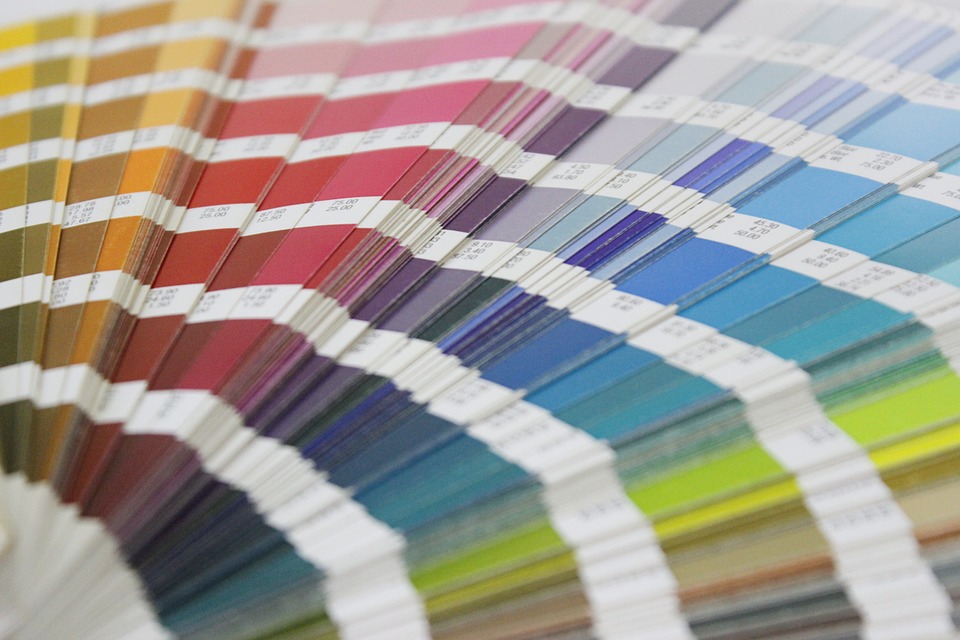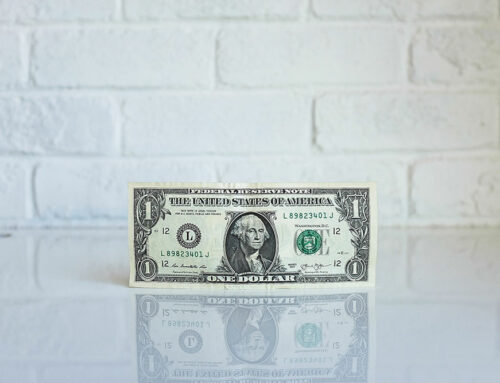One of the most interesting branches of modern psychology is the field of color psychology. Despite the large amounts of money that corporations spend on deciding exactly what colors to build their brand around, many researchers still don’t understand exactly how color psychology works. However, there is no doubt that color psychology does have an impact on people. As such, it may be just as important to choose the right colors as it is to choose your favorite colors when decorating a house.
If the color of a room does affect us, then it is important to ask the question, “What color should I paint my room?” The answer to that question is dependent upon the purpose of the room itself. Today, we want to break down all you need to know about choosing the best wall paint colors.
Neutrals
Neutral colors—white, tan, grey, brown, etc.—are far and wide the most popular colors used to decorate a room, and that makes sense. Not only are neutral colors very flexible in what you can add to them, they are very demure, calm colors. As such, neutrals can be used in almost any room of the house, because they don’t inspire strong emotions in any direction.
The biggest piece of advice we have for using neutral colors is to not overdo it with too-bright whites or too-dark greys and browns. A room that is too white can feel sterile and lifeless, whereas too dark wall paint colors can leech the light out of the room and make it feel permanently dark. Thus, tans and beiges may be ideal for neutral-colored rooms.
Red
Red is an intense color. It is bright, loud, and beautiful. Because of red’s natural intensity, it creates a natural excitement in a room. Using red as the base color or as a highlight for rooms like the kitchen or the living room can be effective, because the energy derived from red opens people up and helps stimulate social interaction.
On the other hand, the energy induced by the color red may slightly increase a person’s heart rate, which makes red a poor choice of color for bedrooms as the increased heart rate will need to be brought down before a person can fall asleep.
Blue
Blue does the exact opposite of red. While red fires people up and increases their heart rate, blue helps people relax and has been shown to decrease heart rates. As such, blue is most often recommended for bedrooms and bathrooms, two places where relaxation is crucial.
One complaint that some people have with blue, however, is that when blue is not illuminated by natural light, it can come across as a cold color. If you don’t enjoy sleeping in cool environments, then blue may not be the right choice for a bedroom, despite its calming effect.
Yellow
The color yellow is most often associated with sunshine and therefore is often viewed as an expansive and uplifting color. These qualities make yellow a great choice for kitchens or food preparation areas. No one likes to be crowded when they cook and yellow will help a small kitchen feel larger while also providing a soft energy to draw upon even when you feel too tired to cook.
For whatever reason, however, too much yellow almost always causes feelings of frustration, meaning that if you do choose yellow, you should choose to use it sparingly.
Purple
The old color of royalty is calming without the chilliness that blue often causes. In fact, despite being a cool color, purple has been linked with creativity and may make a perfect accent for a personal office or creative space.
There are dozens of other wall paint colors that we could cover and countless shades to sort through, but colors affect each person in unique ways. The best way to decided what color to paint a room is to experiment. Bring in swatches of color and look at them frequently as you use a room. This will help you to determine which wall paint colors will work best for you.



